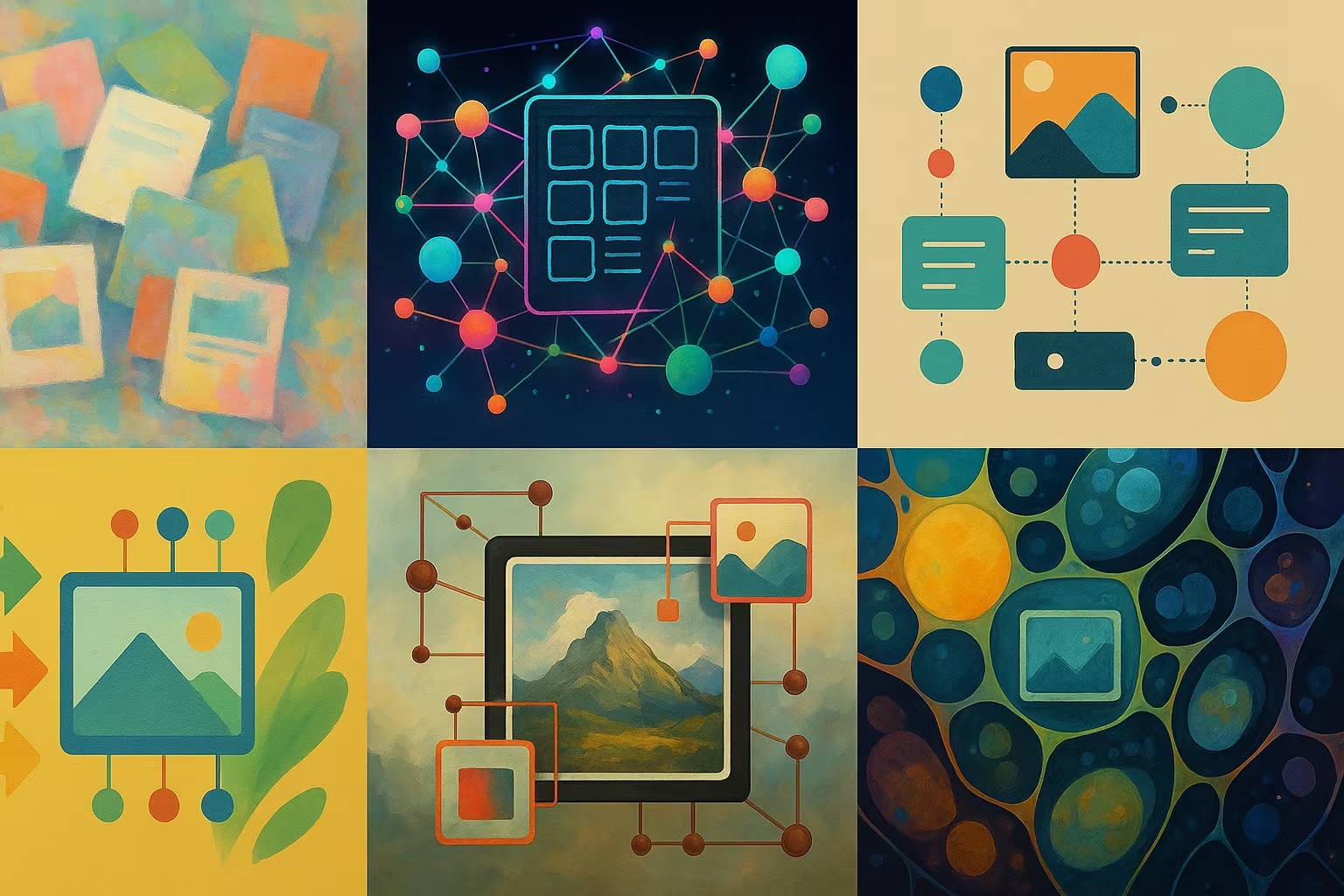OASIS (Open Access Series of Imaging Studies)
The OASIS (Open Access Series of Imaging Studies) is a neuroimaging dataset designed to facilitate research on neurodegenerative diseases, in particular Alzheimer's disease. It contains structural MRI images of the brains of healthy patients with mild cognitive impairment or confirmed Alzheimer's.
Approximately 1100 brain MRI scans, DICOM and NiFTI formats
Free access for academic use, under ODC-by license and user agreement. Data is de-identified according to HIPAA standards
Description
The dataset includes:
- High-resolution anatomical T1 MRIs
- Longitudinal data for some participants (follow-up over time)
- Related metadata: age, gender, MMSE score (Mini-Mental State Examination), clinical diagnosis
- Patients aged 18 to 96 years, allowing an intergenerational study
- Standardized formats for analysis: DICOM and NiFTI
The OASIS-1, OASIS-2, and OASIS-3 series offer an increase in volume and clinical richness.
What is this dataset for?
OASIS is used in several contexts:
- Training models for the early detection of neurodegenerative diseases (Alzheimer's, MCI)
- Analysis of changes in brain volumes (hippocampal atrophy, ventricles...)
- Computational neuroscience research
- Development of diagnostic support systems for neurology and geriatrics
- Modeling normal vs pathological brain aging
Can it be enriched or improved?
Yes, several possibilities:
- Add manual or automatic annotations (segmentation of brain regions)
- Merge with behavioral, genetic, or other data sources (e.g. ADNI)
- Create multimodal predictive models (image + clinical data)
- Use for MRI generation, super-resolution, or synthesis tasks
🔗 Source: OASIS Dataset
Frequently Asked Questions
Does the dataset contain longitudinal follow-ups?
Yes, especially in OASIS-2 and OASIS-3, allowing the study of the evolution of cognitive disorders over time.
Can OASIS be used to train clinical models?
Yes, as long as the use is academic. It is ideal for AI-assisted diagnostic prototypes or the validation of neuroimaging analysis pipelines.
What is the difference between the OASIS-1, 2, and 3 versions?
OASIS-1 is a cross-sectional series, OASIS-2 is longitudinal, and OASIS-3 combines MRI + clinical data + biomarkers for more integrated research.






